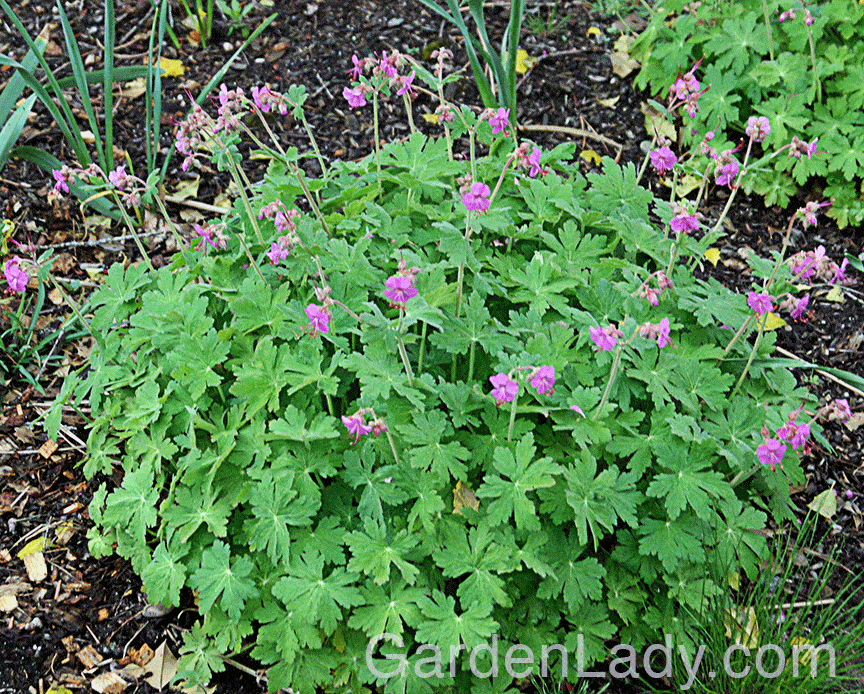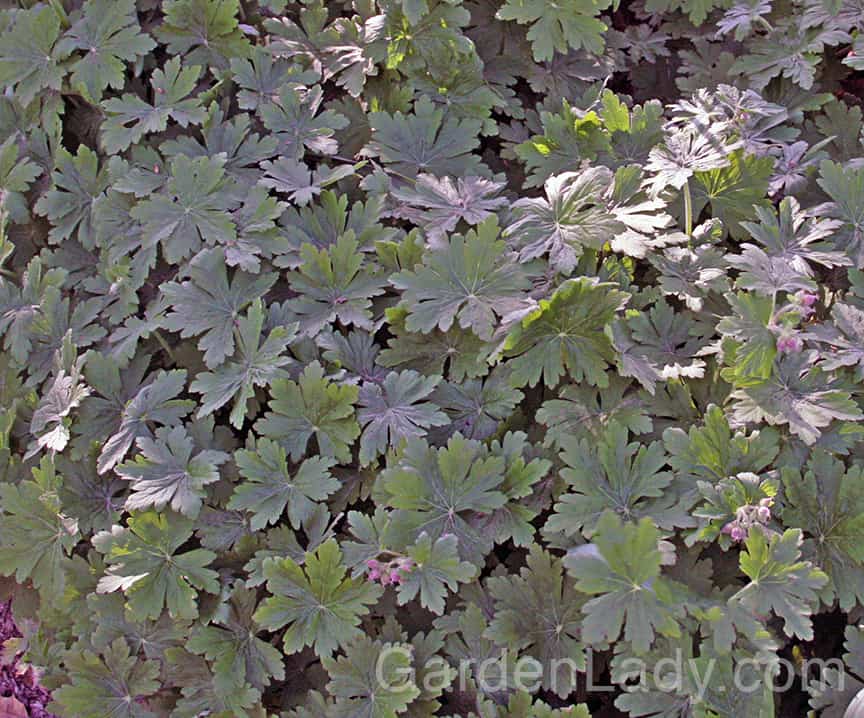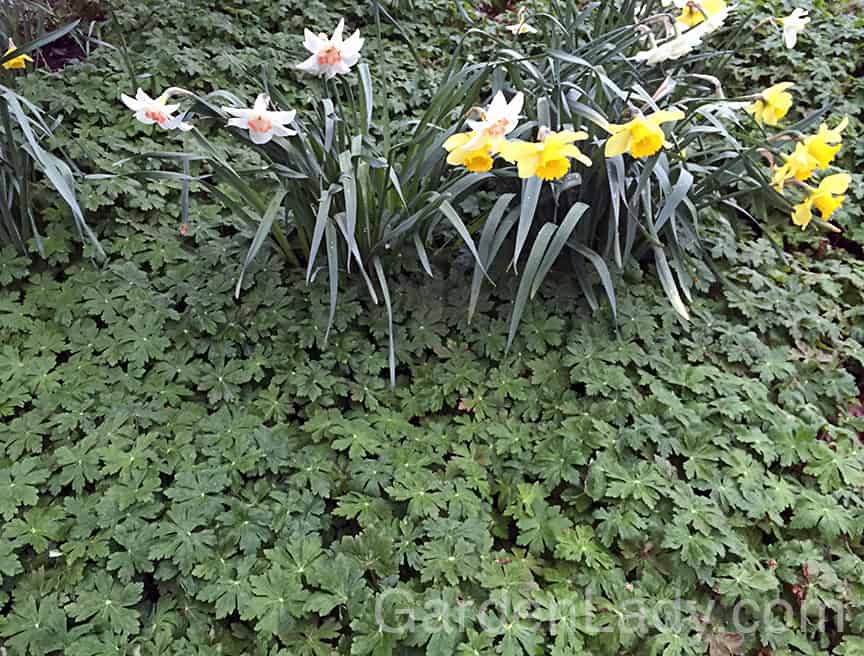David was thrilled with his new house. After years of renting, this was the first home he’d ever owned. He loved the size (small), the location (on a quiet cul-de-sac) and the stand of trees next to the driveway. What he didn’t love was the weed-filled slope next to those trees, and the nosy neighbor next door.
The weeds grew in and among some sprawling shrubs and random perennial plants. The first spring that David was there he tried pulling them out, only to see them return quickly. “You’ll never get rid of those weeds,” his neighbor called to him from across the cul-de-sac. It seemed to David that she was just a bit gleeful about the likelihood of failure. He had relatives like this, so he just smiled, and waved at her.
By the end of his first year, after four months of weed battle, he had learned two things. First, his neighbor seemed to always have sticks to pick up from her driveway, or a letter to put in the mailbox, when he was working on that weed filled slope. Secondly, that she would always have a pessimistic comment about his ability to conquer the weeds. David continued to smile and wave.
But in the fall David decided on more drastic action. He hired a landscaper to help him dig out all the existing plants and weeds. (This while his neighbor called, “They’ll just come back!”) Next, he consulted with some plant-geek friends, who pointed him toward a plant with a name he couldn’t pronounce: Geranium macrorrhizum. He learned that one common name was “bigroot geranium” and the following spring he planted 24 of them on his slope by the trees. David mulched the bed as his friends had instructed, while his neighbor continued to wish him ill.
“You know you’ve probably wasted your money on those plants,” she called as he finished the mulching. “The rabbits and deer will just eat them!” David cursed her in his head, but gave his neighbor the customary wave…although his smile just might have been a bit tighter this time.
The first year the G. macrorrhizum grew and only a weed or two poked though the mulch. David grew skilled at giving a backhanded wave at his neighbor with one hand while tossing the weed onto the driveway with the other.
The second year the bigroot geranium started to spread. They were untouched by rabbits and deer and David came to love the minty-scent of the leaves when he pulled a random weed or applied a bit more mulch. Both the Geranium macrorrhizum and the neighbor’s comments remained undaunted, and David stayed committed to his response of the wave and smile.
But from the third year on, a corner was turned. The ground cover perennial began to fill in so thickly that no weed stood a chance. David applied less and less mulch every year, and the slope was filled with minty leaves that were untouched by insects or animals. When David waved at his neighbor, she was increasingly speechless.
As David was celebrating his fifth year in the house, his neighbor walked over when he was out doing some spring cleanup. “That plant you put on your slope…” she said, “what’s it called?”
“Bigroot geranium,” David replied, smiling, and perhaps gloating just a little. “Would you like a piece for your weedy areas?”
______________________________________________________
You can get Geranium macrorrhizum for your garden from Avant Gardens.

The pink flowers attract hummingbirds, but the real reason to grow this plant is for the foliage.
Name: Geranium macrorrhizum aka big root geranium
Type of Plant: A spreading perennial for part-sun and part-shade. Hardy in Zones 5-9 The perfect groundcover plant for slopes, and under-planting for shrubs and trees.
Why I love this: I almost can’t do a garden consultation without recommending this plant because it solves so many problems. Deer don’t eat it, and Thumper leaves it alone as well. It tolerates all but the deepest shade, and is drought-tolerant as well. This geranium is almost evergreen, so it looks great through the winter. The flowers, which arrive in May, attract hummingbirds. But best of all, this plant is weed smothering.
A Word to the Wise: This plant spreads fairly quickly but isn’t aggressive. Water stands of this geranium once every couple of weeks in a drought. But don’t plant this in hot, blazing sun if there isn’t irrigation…this perennial is most drought tolerant in part-shade.

The leaves are positively weed-smothering. They also have a fresh, mint/citrus smell.

I’ve found that although this geranium smothers weeds, it does not hurt my daffodils. It also plays well with larger hosta and shrubs.

0 Comments